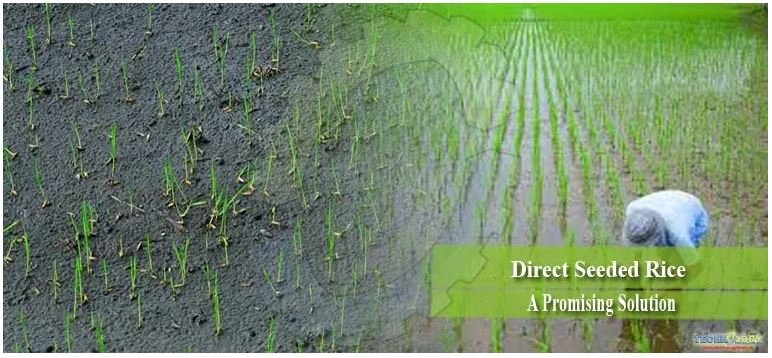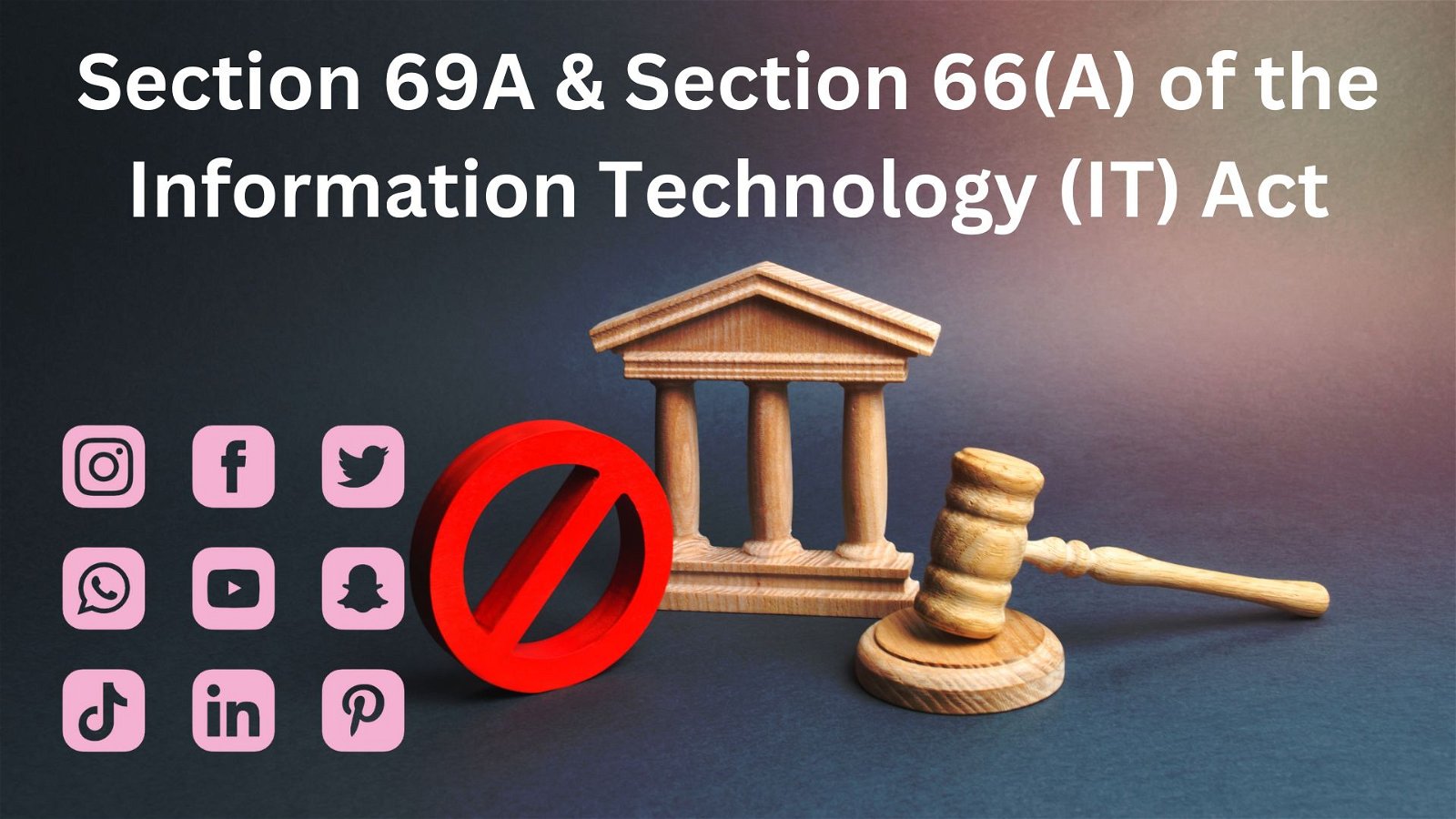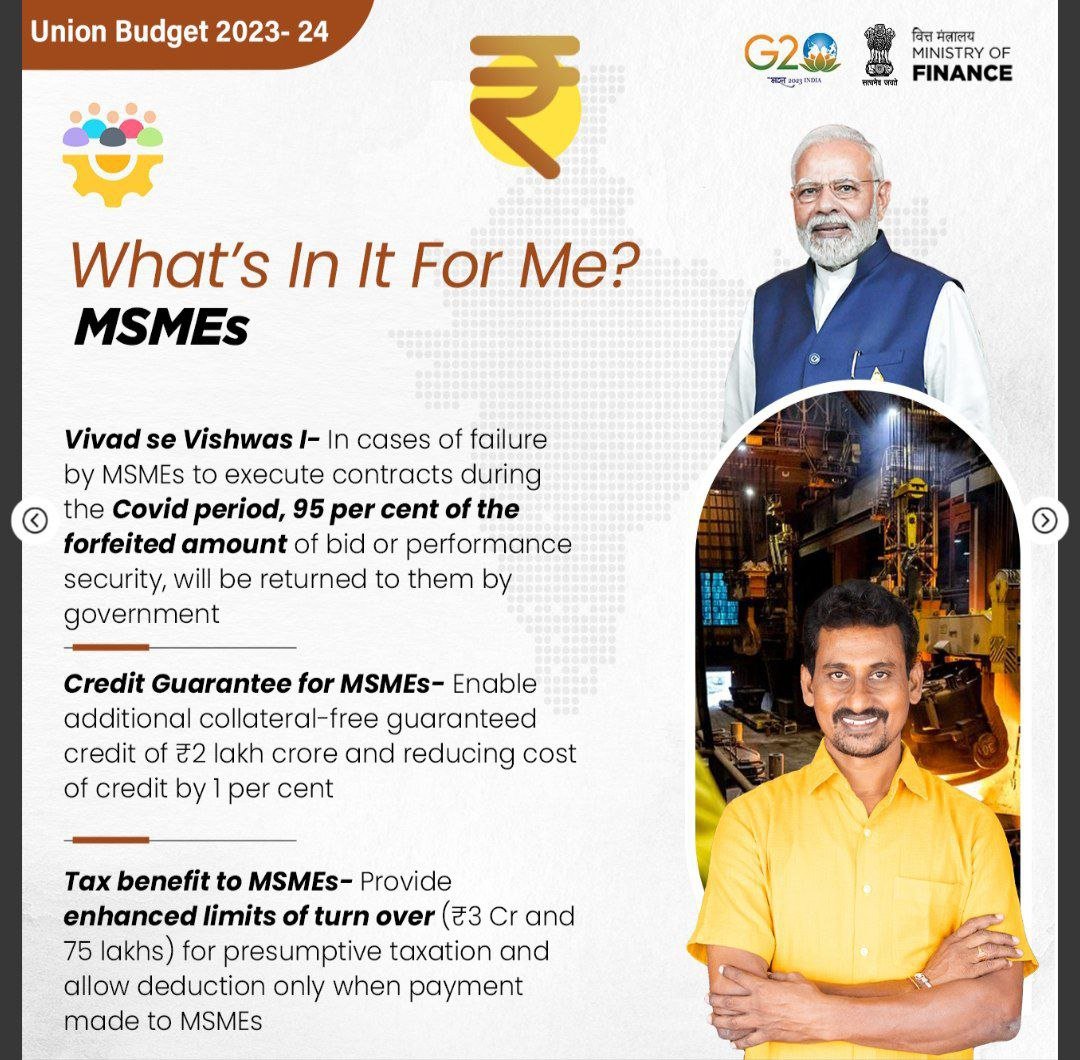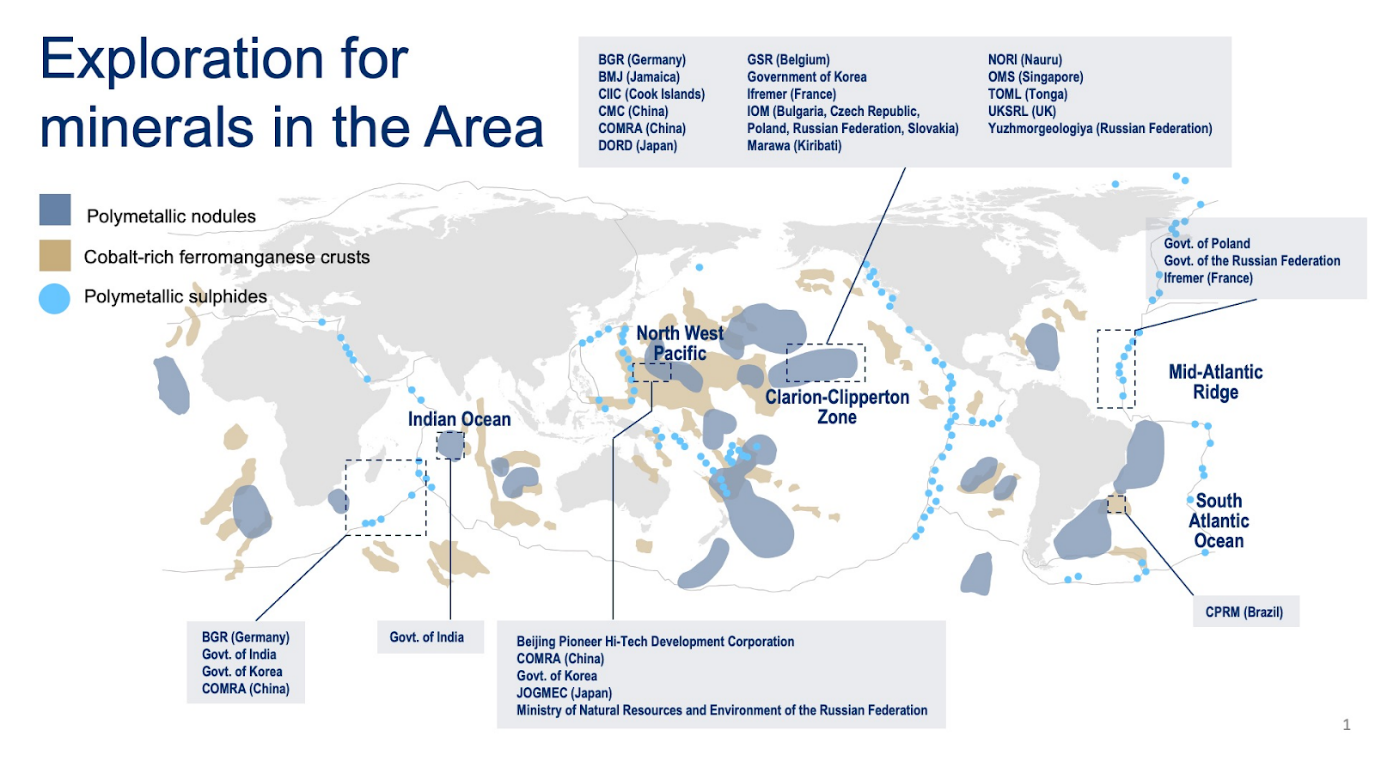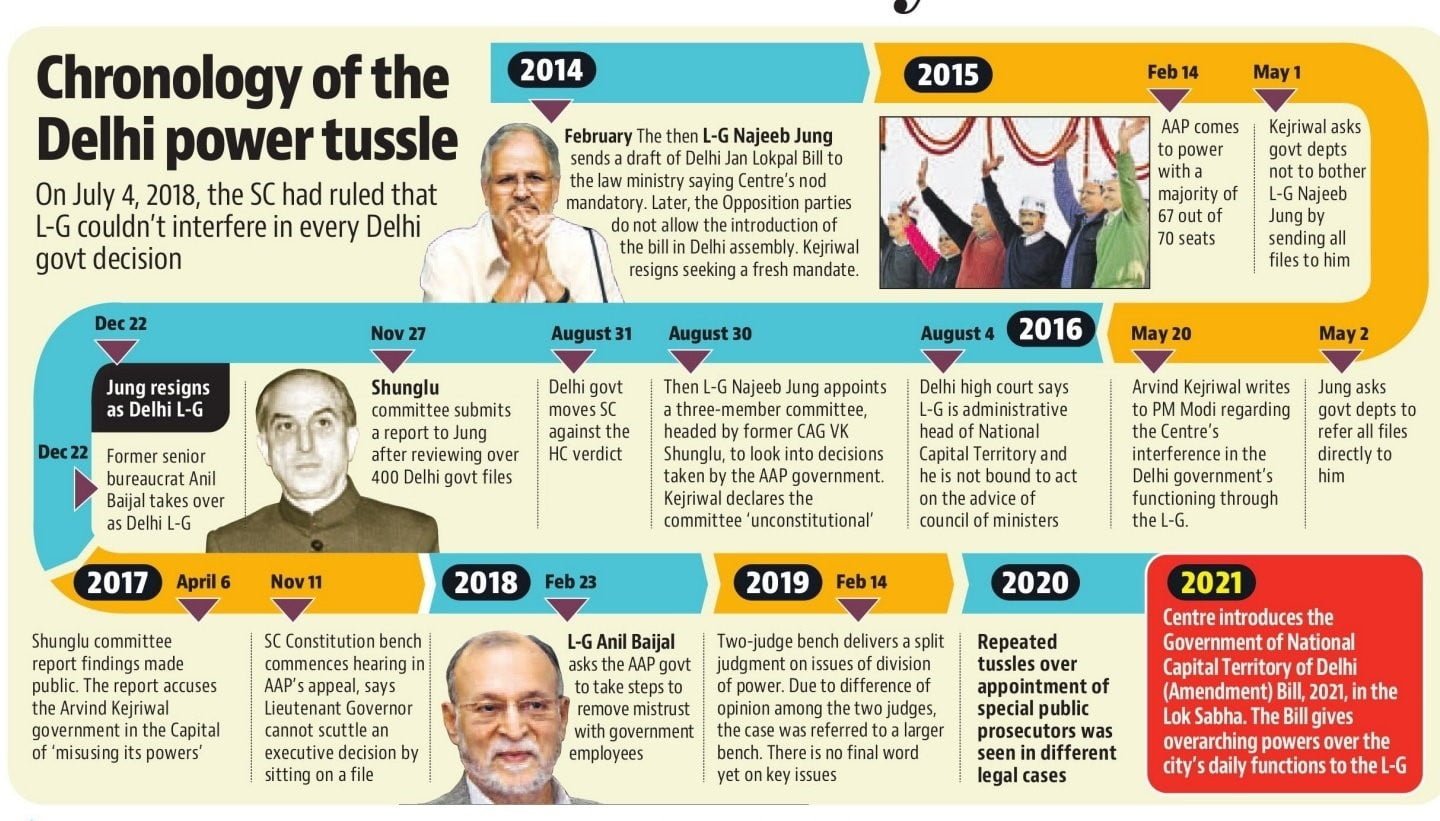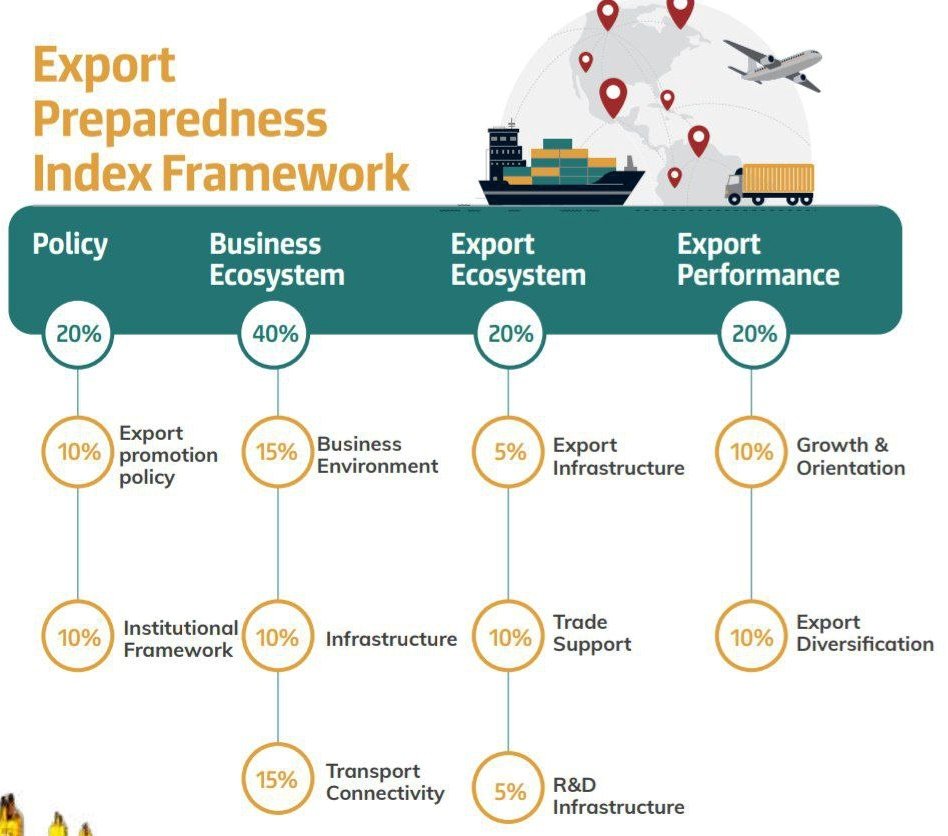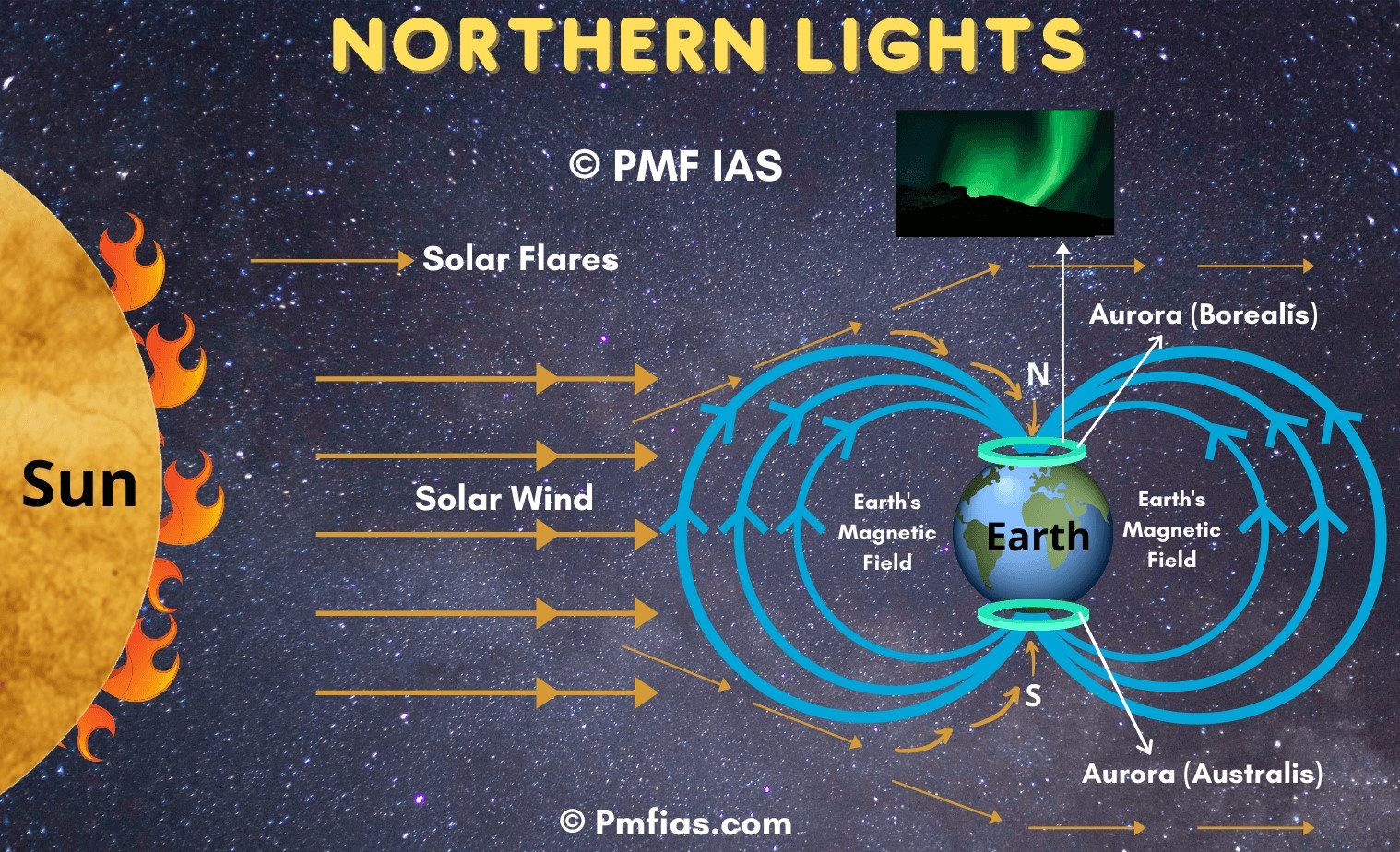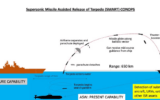
Direct Seeding of Rice (DSR) vs. Transplantation Method, Advantages & Disadvantages
Subscribe to Never Miss an Important Update! Assured Discounts on New Products!
Must Join PMF IAS Telegram Channel & PMF IAS History Telegram Channel
Direct Seeding of Rice
- Context (IE): Direct seeding of rice (DSR) method, instead of transplanting method, cuts down the massive water consumption of paddy. It is particularly helpful in weak monsoon years.
- Direct Seeding of Rice (DSR), also called the ‘broadcasting seed technique’, is a water-saving paddy cultivation method.
- In this method, the fields are levelled, pre-sowing irrigation is done, and seeds are directly sown into the fields.
- Seeds are sown earlier than in the transplantation method.
| Direct Seeding of Rice (DSR) | Transplantation Method |
| Seeds are directly sown into the fields | Seeds are sown in a nursery bed for 20-25 days, and seedlings are transplanted to waterlogged fields. |
| Needs more fertiliser | Needs less fertiliser. |
| Interspacing between plants is not uniform | Interspacing between plants is uniform |
| Require less labour | Require high labour |
| The average yield is high | The average yield is lower |
| Plants are usually healthier and have robust, deeper root systems. | Plants do not have deep root systems. |
| Large amounts of seeds are required | Fewer amounts of seeds are required |
| A higher density of plants | A lower density of plants |
| Weed control is difficult | Weed control is easy |
| Relatively cheaper | Relatively costlier |
|
|
|
Advantages of Direct Seeding of Rice (DSR)
- DSR technique can help save 15% to 25% water as it requires less irrigation rounds.
- It requires less labour. So, it cuts down labour costs and solve labour shortage problems.
- It helps in replenishment of ground water because the hard crust that forms beneath the plough layer in the transplanted method which prevents water percolation is not formed in the Direct Seeding of Rice (DSR) method.
- It helps control the stubble burning problem (which causes air pollution) because crops grown by the Direct Seeding of Rice (DSR) method mature earlier than transplanted crops, giving more time for paddy straw management.
- It saves up to 27% energy as pumping energy for field preparation and irrigation is required less.
- It enhances fertiliser use efficiency because of fertiliser use in the root zone.
- It reduces methane emissions as there is no need to flood the paddy field.
- It causes less disturbance to soil structure.
|
Disadvantages of Direct Seeding of Rice (DSR)
- It is difficult to control weeds in Direct Seeding of Rice (DSR) due to the severe weed infestation caused by the lack of a standing water layer during plant growth.
- It requires large amounts of seeds.
- It needs laser land levelling, which is costly.
- It is very sensitive to rain. Seeding must be completed before the monsoon’s arrival, and sudden rain immediately after seeding has a negative impact.
- It uses largescale herbicides for weed control, leading to herbicide resistance in some weeds.
- Aerobic soil (presence of oxygen) conditions in Direct Seeding of Rice (DSR) methods leads to higher nitrous oxide emissions (Nitrous oxide is the most important greenhouse gas after methane and carbon dioxide).
- Uneven cropping may lead to failure in achieving the potential yield in this method.
Why is Direct Seeding of Rice (DSR) not Popular Among Farmers?
- Availability of subsidised or even free electricity for irrigation.
- Lack of good machines required for the Direct Seeding of Rice (DSR) method.
Rice
|




![PMF IAS Environment for UPSC 2022-23 [paperback] PMF IAS [Nov 30, 2021]…](https://pmfias.b-cdn.net/wp-content/uploads/2024/04/pmfiasenvironmentforupsc2022-23paperbackpmfiasnov302021.jpg)
